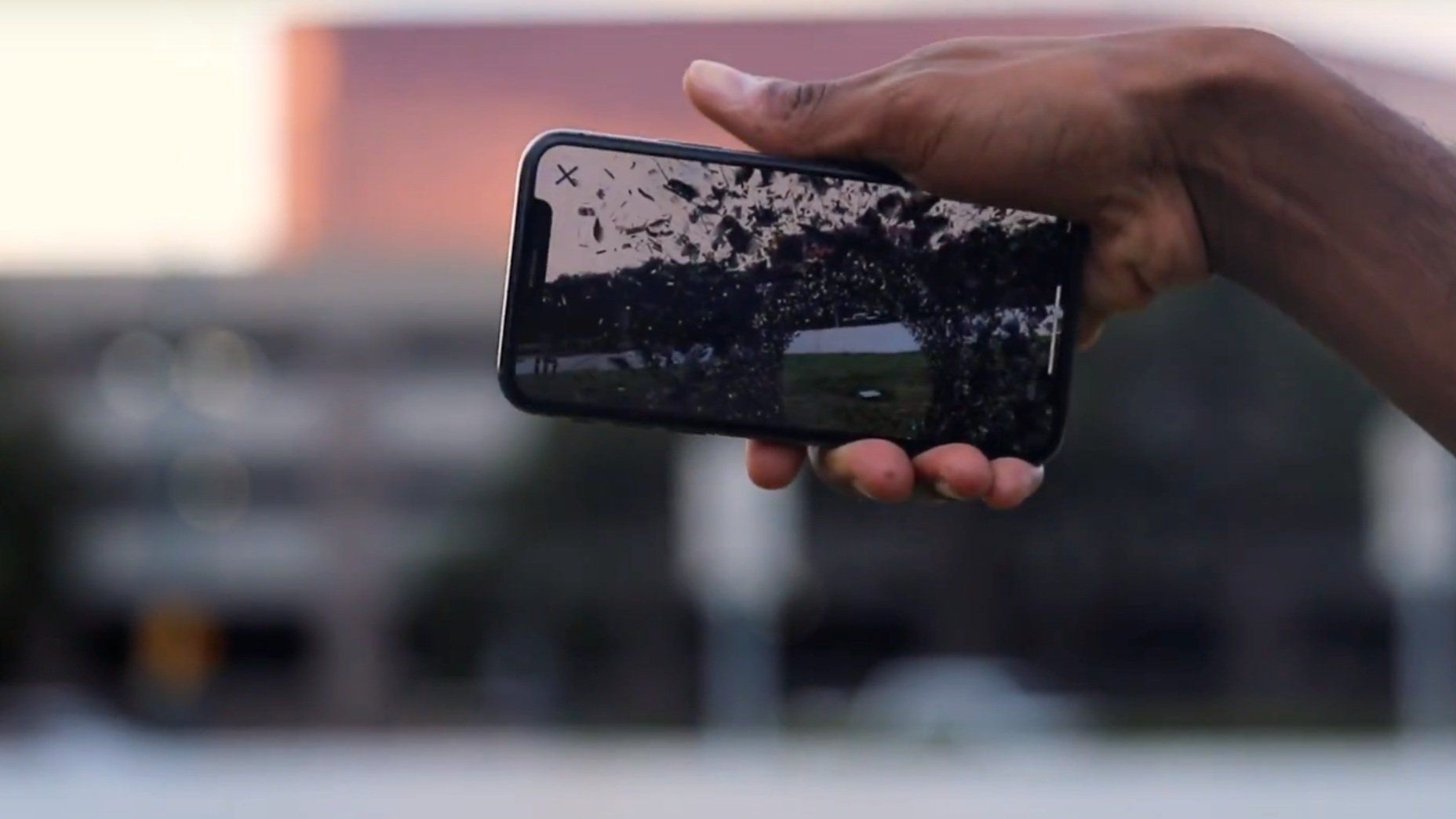5 Reasons Your Brand Should Be Using Augmented Reality

Augmented reality for business may not be something that all business owners can see immediately. But AR technology has some major implications for businesses, whether it’s through an AR app, AR filters or other AR features.
Augmented reality technology superimposes computer-generated images on a user’s view of the real world, thus “augmenting” their reality.
The potential of augmented reality for business stands at a pivotal moment, as more firms create a customer experience or AR application that connect them to their customers.
In addition, the applications are widespread, with the expectation that it will only become more popular in the coming years.
Here are 5 Reasons Your Brand Should Be Using Augmented Reality.
1. Improve customer engagement
Through strategies like AR marketing or through a branded AR application, your brand can capture the attention of customers and engage them in a way that traditional marketing methods cannot. For example, through an augmented reality app on customers’ mobile devices, you could give customers a virtual tour of your product or service before they purchase it. That could give them a better understanding of what they will buy and, potentially, increase the likelihood that they will make a purchase.
2. Increase sales and ROI
Several studies have shown a clear connection between the creation of experiences that use augmented reality for business and an increase in sales and ROI. The industry is estimated to be valued in the $30.7 billion range, according to
A STATISTA REPORT. The reason the technology has grown is that AR provides a more immersive and engaging customer experience. That, by its nature, leads to more sales. Perhaps unsurprisingly, companies that use 3D models and augmented reality to target specific customers with personalized messages through, perhaps, a mobile app, further increase the likelihood of making a sale.
3. Enhance the customer experience
Customers who interact in real time with AR are more likely to have a positive experience and remember your brand positively. That is why consumer-facing brands love to create AR experiences for their customers, often through low-overhead social media platforms. It’s a direct communication tool with customers. This is because AR allows you to create an interactive and engaging experience for your customers that they will remember long after they leave your store or website.
4. Train employees more effectively
Beyond exclusively being a sales tool, companies can use the augmented reality industry to train employees on new products or services. In fact, augmented reality for business can train employees on how to use existing products or services more effectively. Traditionally, employees learn much better by doing rather than just being told what to do. In addition, training with AR is often more fun and engaging for employees, which has been shown to lead to better retention rates.
5. Stay ahead of the competition
The emergence of augmented reality as a viable technology option for businesses means that, eventually, this will affect your industry. So, it’s best to stay ahead of the competition by being the first to incorporate or at least being an early adopter of
augmented reality for businesses. Until now, not many businesses use this technology just yet. So it’s not only a great technology that will only grow in power but it also will give you a competitive advantage, which will help you attract new customers looking for an innovative and cutting-edge company to do business with.
As you can see, the uses for augmented reality for business are many, with this post only touching on a handful of them. Augmented reality has the potential to improve customer engagement, increase sales and ROI, enhance the customer experience, train employees more effectively, and help you stay ahead of the competition. If you are not already using augmented reality in your business, now is the time to start!














